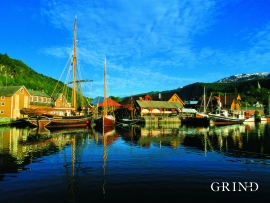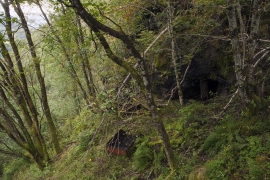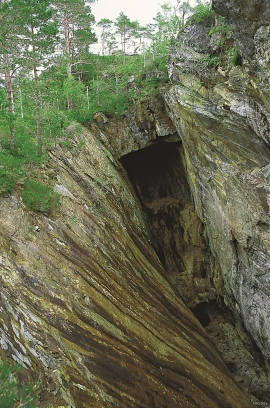- Remove Museum filter Museum
- Remove Boat- and shipyards filter Boat- and shipyards
- Remove Defense filter Defense
- Remove Etne filter Etne
- Remove Kvam filter Kvam
- Remove Kvinnherad filter Kvinnherad
- Remove Faults filter Faults
- Remove Osterøy filter Osterøy
- Remove Mineral resources filter Mineral resources






Varaldsøy- mining
There is still a lot of ore in the abandoned mines on Varaldsøy Island. If today's prices and availability of ore continue, it is doubtful whether the mines will resume operation. But, the pyrite is there, if the market should return. On Varaldsøy Island one finds at least nine mines and prospect pits, that for the most part date back to the latter part of the 1800s.




Krokavatnet
On Sunday the 29th of January, 1989, at 17:38 o'clock, Etna shook. The earthquake, with its epicentre ca. 9 kilometres south of Etne centre, had a strength of 4.2 on the Richters scale. This could be felt over large parts of West Land, especially in the areas around Åkra, Etne, Hardanger Fjord and Sauda Fjord. The earthquake was the largest that has ever been measured in Hordaland.


